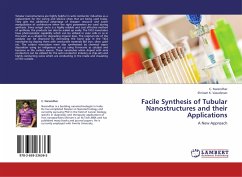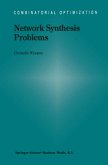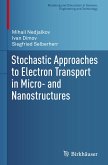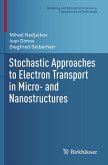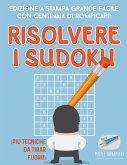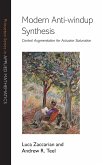Tubular nanostructures are highly helpful in semi conductor industries as a replacement for the wiring and silicone chips that are being used today. They give the additional advantage of cheaper resource and easier manipulation of architecture when the right parameters are used during synthesis. Since sol-gel route is a highly reliable and cost effective method of synthesis, the products can also be scaled up easily. The TiO2 nanotubes have photocatalytic capability which can be utilised in solar cells or as in this work as a catalyst for degrading organic dyes. The original rate of the catalysis can be improved by decreasing the band gap in the TiO2 nanotubes by doping them with conductive materials like iron, silver, gold etc. The carbon nanotubes were also synthesized by chemical vapor deposition using an indigenous set up using ferrocene as catalyst and benzene as the carbon source. These nanotubes when doped with semi conductors can be utilized for the semi conductor industry as chip-sets and highly conducting wires which are conducting in the inside and insulating on the outside.
Bitte wählen Sie Ihr Anliegen aus.
Rechnungen
Retourenschein anfordern
Bestellstatus
Storno

